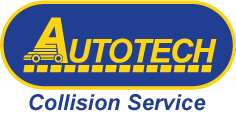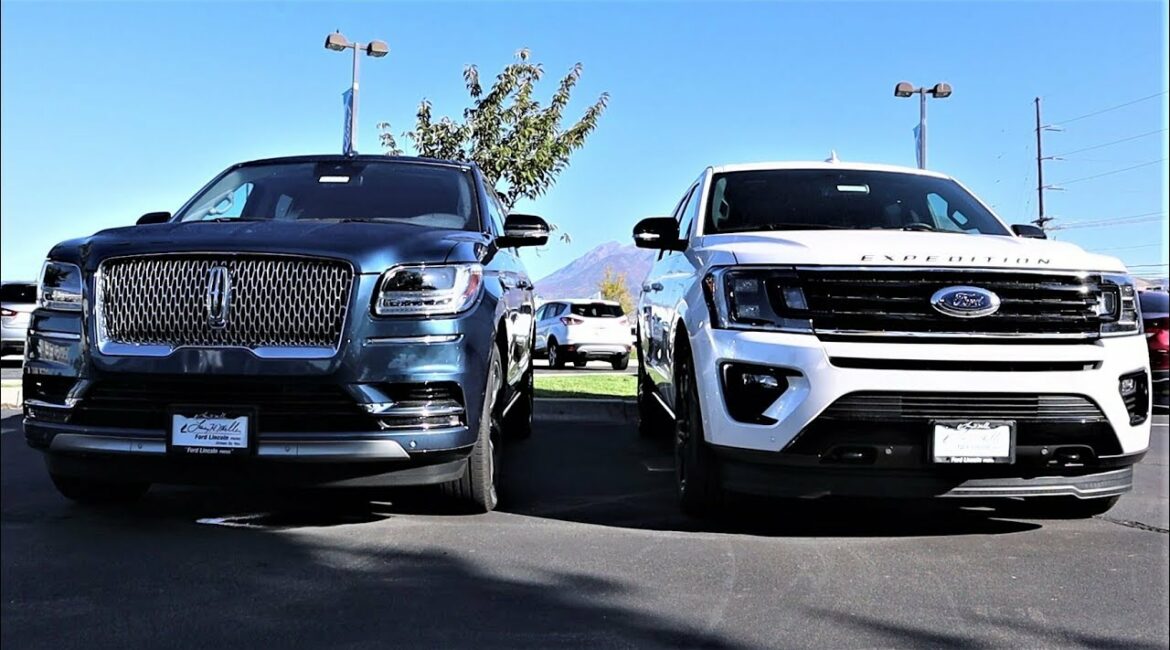Two years ago, Ford was the top-selling brand in North America from selling close to 2,500,000 vehicles. Then in just the first quarter of 2019, Lincoln Navigator sales increased by 10% and Ford Expedition sales increased by over 60%. We’re now in 2020, and Ford continues to be a leader in North American cars.
If you own a 2019 Ford Expedition or Lincoln Navigator, listen up. Ford, like all every car manufacturer, have required OEM repair procedures to ensure your car is repaired exactly the way it should. In order to perform a safe repair, there are no shortcuts a technician can take to ensure this happens. A recent video from I-CAR 360 provided technicians the various repair procedures on both models. What this means for you is it can ultimately mean the difference between a safe and correct repair versus one that could put your life at risk.
We at Autotech Collision Service know how important it is for a car to be repaired following OEM repair procedures. We are constantly researching what the manufacturer, like Ford, tells us how to repair their cars. That way, your car is repaired exactly the way it should with no shortcuts in safety or quality. Not every shop does this, but we do because that’s what it means to be Southern New Jersey’s number one choice in collision repair.
Both the 2019 Lincoln Navigator and Ford Expedition are aluminum vehicles. A few years ago Ford revolutionized light-duty pickup truck construction by building the industry’s first all-aluminum truck body. Now the aluminum construction has expanded into the large SUV segment of their lineup. This is very important to note because aluminum is repaired differently than steel and not every auto body shop is equipped with the tools or training to repair an all-aluminum vehicle.
This also means that Ford and Lincoln insist that their repairs are done in a particular way that is different than the way they left the factory.
Why does this matter to you?
Every autobody shop and every technician has a choice when repairing a car. They can either take an extra hour to research the proper repair procedure from the manufacturer. Or they can look at how the vehicle was constructed and play a guessing game on how to make the repair “look” like it was a factory installation. Just a few years ago, this would be a common practice you’d see in collision repair. But now, the manufacturers are saying that in some instances the way you fix them is different from the way we built them, and it is a safety reason that is done that way. Technicians are not engineers, the manufacturers are. The reason for pointing this information out to you is so that you are made aware that not every shop performs repair the same way.
When a shop takes the time to look up what the manufacturer recommends so that we can provide you with the safest, most up to date repair possible. This is the difference between a shop following OEM repair procedures and taking your car to a body shop that performs a “one size fits all” repair on your vehicle.
What does Ford say about repairing the Ford Expedition and Lincoln Navigator?
For the 2019 Ford Expedition/Lincoln Navigator, Ford has specific repair procedures on how to properly repair the aluminum-bodied vehicles for any type of repair that might be needed on your car. For instance, Ford requires calibration anywhere there is a sensor or camera on the Expedition/Navigator. Taking this step ensures everything is working the way it should, which is why Ford makes it a requirement when repairing any of their vehicles.
A lot of body shops skip this step because they think if there aren’t any lights appearing on your dashboard, then everything is working. However, a skilled technician knows just because no warning lights are appearing, it doesn’t mean there aren’t any problems. Calibration involves a technician hooking up a computer to your car’s diagnostic port, where different codes known as DTCs (Diagnostic Trouble Codes) would appear. These tell the technician what’s wrong, what needs fixing, and what is working.
Listed below the different safety systems on the Expedition and Navigator. It’s important to note that if any cameras, bumpers, or even the windshield are removed or replaced at any time during the repair, calibration will be required.
- Inside the front bumper are the front parking assist sensors.
- Behind the front bumper is the adaptive cruise control sensor.
- The camera in the front windshield is part of the Lane-Keeping System (LKS).
- The rear bumper has rear parking assist sensors.
- Blindspot radar sensors are located on the corner of the bumper. Debris (such as mud, snow, ice, etc.) might prevent functionality.
- If either vehicle is equipped with a 360-degree camera system, there will be cameras located in the mirror and grill that will work with the backup camera.
Other areas that have different repair procedures:
In addition to the above areas, there are several different sectioning repair procedures for the Expedition and Navigator. One example is if a technician is repairing the Expeditor or Navigator from the B-Pillar towards the front of the car. Ford instructs technicians to follow the same repair procedures as the ones laid out for an F-150, specifically for this area. The key is making sure a technician knows the exact areas where this is applicable and where it is not. Otherwise, you might end up with a repair that made for a different car, and your car is no better than covering a gunshot wound with a bandaid.
Who in New Jersey knows how to repair my Ford Expedition or Lincoln Navigator?
Here at Autotech Collision Service, we are a Ford OEM Certified repair shop located in Southern New Jersey. We believe that only the engineers who built your vehicle are qualified to determine how it is fixed. That is why we only follow the OEM guidelines when doing your repair. You get a car repair as safe as the day it was built.
We have been proudly serving Southern New Jersey for nearly 30 years. We aren’t stopping anytime soon because our customers are our number one priority. We pride ourselves in providing Southern New Jersey drivers with the highest quality OEM repairs because that’s what you deserve out of an auto body repair shop.
If you’d like to schedule an appointment or to get an online quote, click any of the buttons below! Or, feel free to give us a call at (856)-232-1833. We look forward to hearing from you!


